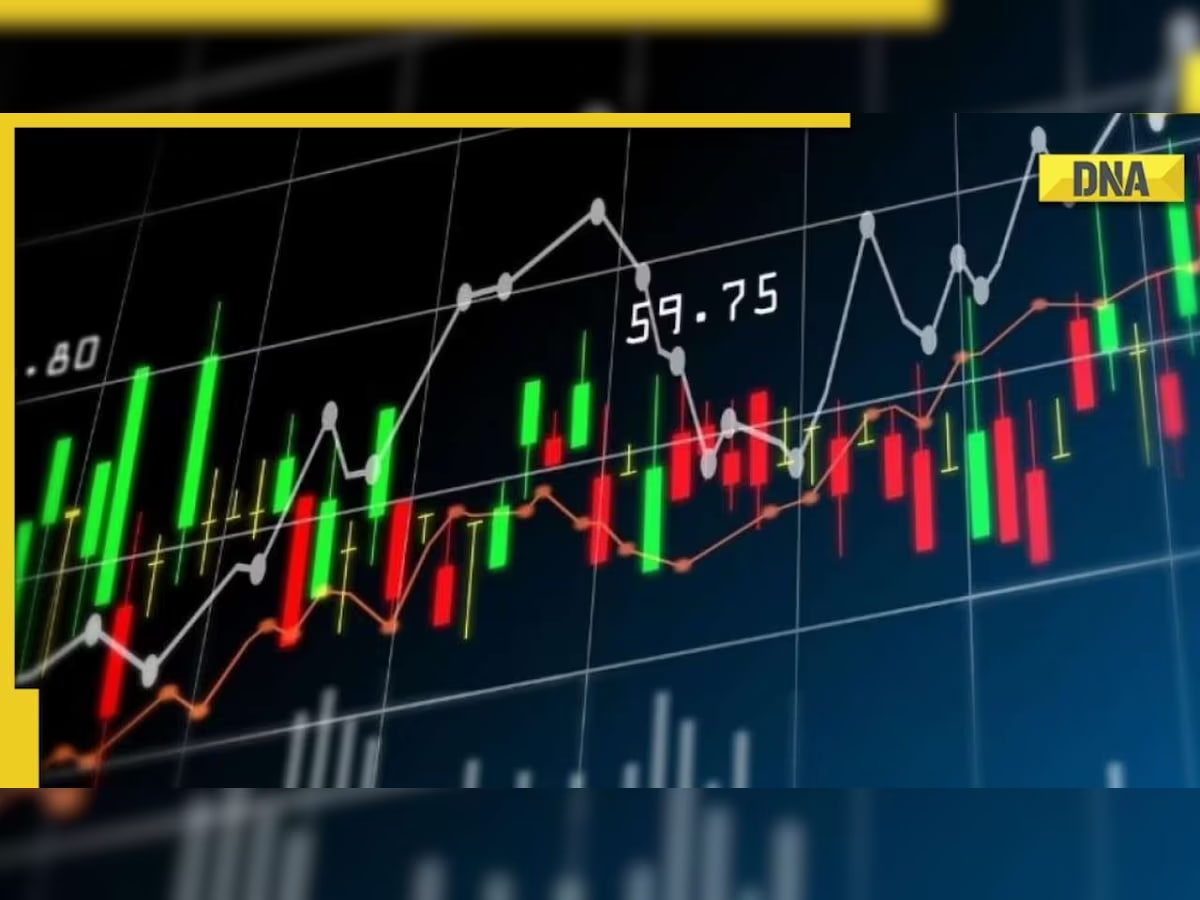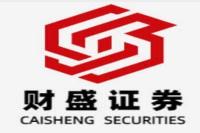A Deep Dive into China's Booming M&A Market: Riding the Wave of "Hard Tech" and Policy Support
Meta Description: Uncover the surge in China's mergers and acquisitions (M&A) market, focusing on the "hard tech" sector, policy support, investment opportunities, and potential risks. Learn from expert insights and real-world examples. Keywords: China M&A, Hard Tech, Policy Support, Mergers and Acquisitions, Stock Market, Investment Opportunities, Double-Digit Growth, Strategic Acquisitions, Regulatory Landscape.
This isn't just another article about China's sizzling mergers and acquisitions (M&A) market; it's your backstage pass to a phenomenon reshaping the nation's economic landscape. Imagine this: a previously sleepy stock skyrocketing over 1000% in a matter of weeks, fueled by a strategic acquisition in the burgeoning "hard tech" sector. Sounds like a fantasy? It's the reality for investors who caught the wave of China's recent M&A boom. This isn't just about numbers; it's about the seismic shifts happening within industries, the strategic maneuvers of corporations vying for dominance, and the monumental impact of government policies designed to propel innovation. We’ll delve into the nitty-gritty details, examining the driving forces, scrutinizing the winning strategies, and assessing the inherent risks involved. We'll unravel the intricacies of this captivating market, providing you with the knowledge and insight you need to navigate this exciting yet potentially treacherous terrain. Get ready to uncover the untold stories, the hidden opportunities, and the potential pitfalls of participating in this extraordinary period of corporate transformation. Buckle up, because this journey promises to be as thrilling as it is informative. We're not just talking about stocks; we're talking about the future of Chinese industry.
Hard Tech: The Engine of China's M&A Frenzy
The current M&A wave in China isn't just splashing around; it's a tsunami, and "hard tech" is its epicenter. This isn't your grandpappy's tech; we're talking about cutting-edge advancements in areas like semiconductors, artificial intelligence (AI), biotechnology, and advanced materials. Companies are scrambling to acquire firms possessing these crucial technologies, often even pre-profit companies with massive potential. Why? Because these acquisitions aren’t just about adding revenue; they're about securing a foothold in the next generation of industries, gaining a competitive edge, and dominating future markets. Think of it as a strategic land grab, a race to secure the resources needed to thrive in the technological arms race.
The recent surge in M&A activity isn't coincidental; it's directly linked to the government's aggressive push to foster innovation and technological self-reliance. Policies like the "Sci-Tech Innovation Board Eight Measures" and the "Mergers and Acquisitions Six Measures" are actively encouraging and streamlining these deals, creating a fertile ground for growth. These policies provide incentives, simplify regulatory hurdles, and effectively green-light a new era of strategic acquisitions.
Case Study: The Meteoric Rise of Shuangcheng Pharmaceuticals (002693)
Shuangcheng Pharmaceuticals' journey is a prime example of the explosive potential within this market. Their foray into the chip industry via a significant acquisition resulted in a jaw-dropping 24涨停 (24 consecutive daily trading limits!) in a mere 27 trading days, transforming it from a relatively unknown player to a ten-bagger (a stock that increases tenfold in value). Their story highlights the incredible returns possible for companies successfully navigating this landscape. But it also underscores the volatility inherent in this high-growth, high-risk sector.
Policy Support: The Tailwind Driving the M&A Boom
Government policies are not merely encouraging this activity; they're actively shaping and accelerating it. The simplified approval processes for mergers and acquisitions, coupled with substantial financial incentives, are creating a perfect storm for deal-making. The emphasis on supporting companies involved in strategic emerging industries and future industries further concentrates the focus on "hard tech" and related sectors. This strategic direction isn’t just a trend; it’s a deliberate, government-backed initiative to transform China's industrial landscape.
The recent "Shenzhen 14 Measures" action plan further exemplifies this commitment. While promoting high-quality M&A activity, it also emphasizes risk mitigation, including robust scrutiny of financial aspects and regulatory compliance. This balanced approach aims to foster a vibrant, yet responsible, M&A market that prioritizes both growth and stability.
Investment Opportunities and Risks: A Balanced Perspective
While the recent surge in M&A activity has generated significant returns for some, it is crucial to adopt a balanced perspective. While the potential for double-digit growth and even ten-baggers is undeniably alluring, it's equally important to recognize the inherent risks. Successful investment requires more than just catching a wave; it calls for a nuanced understanding of the market dynamics, a robust risk assessment strategy, and due diligence.
Key Factors to Consider:
- Due Diligence: Thoroughly research the target companies, their financials, management teams, and the underlying technologies. Don't just chase the hype; dig deep.
- Regulatory Scrutiny: Keep abreast of regulatory changes and their potential impact on specific deals. The regulatory landscape is constantly evolving.
- Industry Trends: Understand the long-term prospects of the industries involved. It's crucial to invest in sectors with sustainable growth potential, not just short-term gains.
- Valuation: Evaluate the valuation of target companies carefully. Don't overpay for assets, particularly in a market prone to speculative bubbles.
- Risk Management: Diversify your portfolio to mitigate potential losses. Don't put all your eggs in one basket.
Frequently Asked Questions (FAQs)
Q1: What are the major drivers behind the current M&A boom in China?
A1: The primary drivers are the government's strong policy support for "hard tech" industries, the need for companies to acquire crucial technologies and expand market share, and the improved efficiency of the M&A process itself.
Q2: Which sectors are most active in the current M&A wave?
A2: Mechanical equipment, automobiles, electronics, pharmaceuticals and biomedicine are leading the charge. Industrially vital sectors like basic chemicals and power equipment are also seeing significant M&A activity.
Q3: Are there any risks associated with investing in M&A-related stocks?
A3: Yes, there are inherent risks, including valuation risks, regulatory risks, integration difficulties, and the potential for operational challenges following an acquisition. Thorough due diligence is crucial.
Q4: What is the role of state-owned enterprises (SOEs) in this M&A boom?
A4: SOEs are playing a significant role, leveraging their extensive resources and financial capacity to acquire strategic assets and improve their competitiveness in key industries.
Q5: How can investors mitigate the risks associated with this market?
A5: Careful due diligence, diversification, robust risk management strategies, and staying informed about policy changes are all crucial for mitigating risks.
Q6: What are the long-term implications of this M&A activity for the Chinese economy?
A6: The long-term implications are substantial, including accelerated technological advancement, increased industrial consolidation, and a more competitive global presence for Chinese companies.
Conclusion: Navigating the Exciting, Yet Unpredictable, Waters
China's M&A market is a dynamic and rapidly evolving landscape. While the potential rewards are considerable, investors should proceed with caution, conducting thorough research and employing careful risk management strategies. The government's unwavering support for the "hard tech" sector is a powerful catalyst, but the inherent unpredictability of the market demands a pragmatic approach. By understanding the forces shaping this market and staying informed about the latest developments, investors can maximize their chances of success in this exciting, albeit challenging, environment. This isn't merely about financial gain; it's about participating in the transformation of a global economic powerhouse. It's a journey filled with both immense opportunity and considerable risk – and that's what makes it so compelling.



